KERA MAGAZINE - An Ode to Japan’s Street Style Bible
© Kera Magazine
The rise and fall of KERA magazine mirror the evolution of Harajuku, a creatively influential hub in the 1990s that left a notable mark on Japanese fashion. Over time, this cherished district gained international attention, attracting enthusiasts from all over the globe. Subcultures like Lolita or Visual Kei dominated the streets of Harajuku back in the days. Some of them dressed based on the Punk and Rock scene in the west and embraced extreme, bold, and unconventional styles, emphasizing individuality and pleading for uniqueness. This bubble served as the birthplace for the notorious KERA magazine in 1997. Originally titled "KEROUAC," the print alluded to Jack Kerouac and his widely known novel "On the Road," a cornerstone of the American social and literary Beat movement in the 1950s.
The narrative of adolescents breaking free from societal obligations in "On the Road" inspired KERA's founders, seeking a similar freedom of individual expression in Harajuku fashion, unbound by societal expectations. Therefore, the title might not have been chosen by simple accident. KERA never quit adhering to its principle of uniqueness, and extended its publications to several spin-offs, notably the “Gothic & Lolita Bible” that was run until 2011 and supposedly got more popular than the original itself.
In the subsequent years, the monthly publication gained international popularity, extending their coverage to street styles in fashion capitals like New York and London. The print’s success seemed unstoppable to that point, yet, quietly, a shift in the overall approach to fashion in the scenic Harajuku district has crept in through the back door.
Eventually, in 2017, KERA print was discontinued, alongside with the iconic FRUiTS magazine. When Shoichi Aoki, former editor-in-chief for FRUiTS, reflected on the suspension, he incidentally stated that there were simply “no cool kids” around to take photographs of anymore. Though Aoki might be right in his own subjective perception, the background, in fact, appears to be more complex than that.
The chronology of KERA is not a subject to many unfortunate coincidences, but rather the outcome of gentrification, globalization and the prevalent importance of social media.
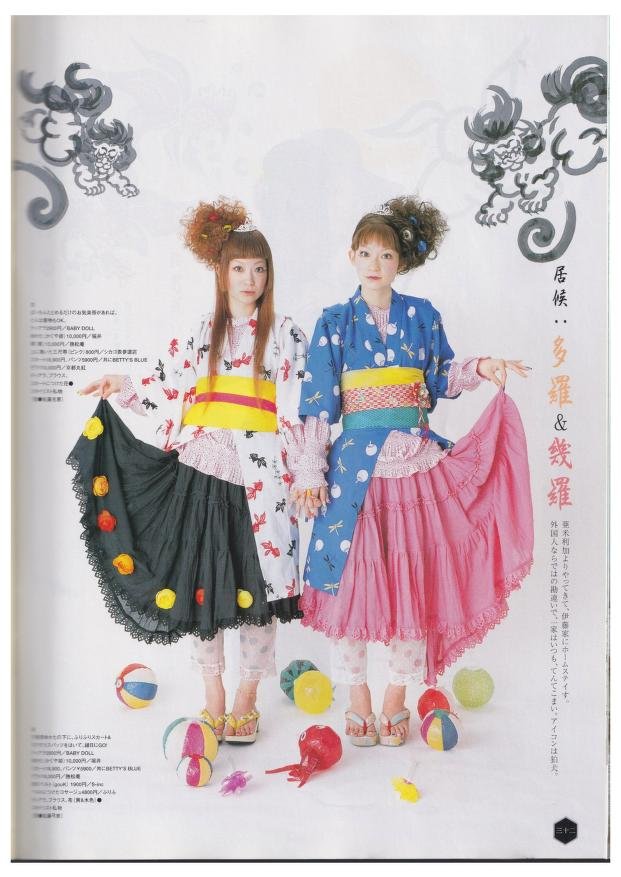
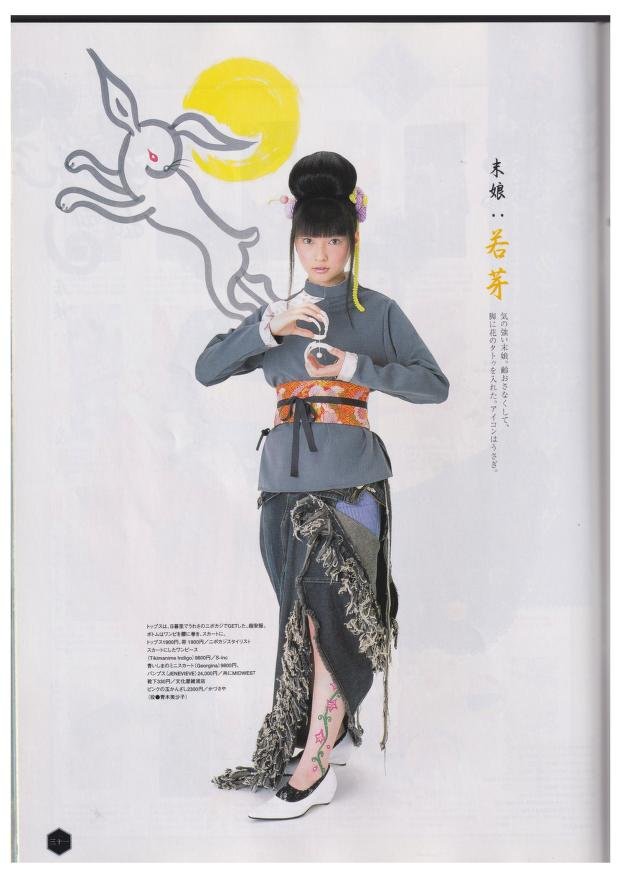
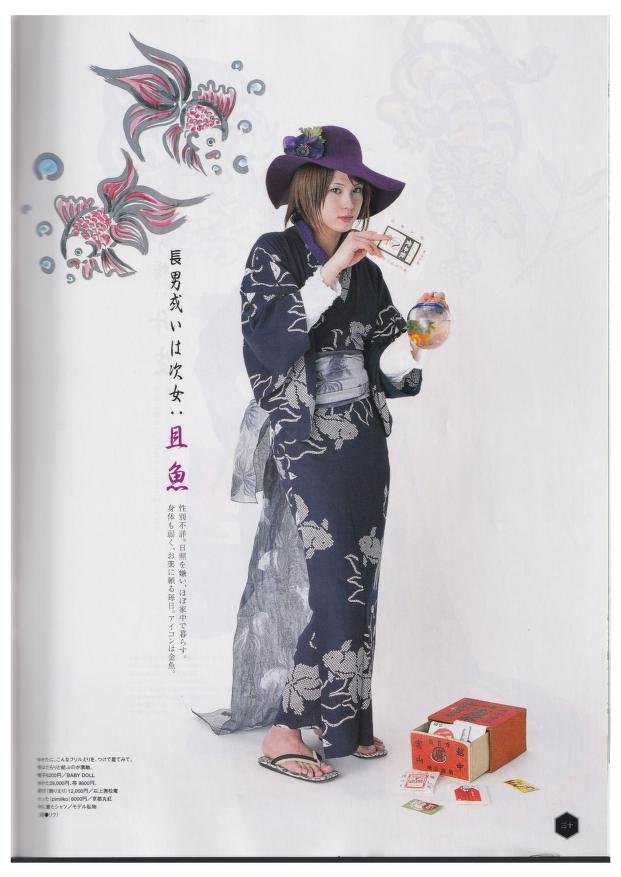

The former subcultural safe space has undergone drastic changes over the past decades, leaving solely traces of the subcultural heritage. The endemic capitalist mass production of Fast Fashion, online shopping, and the relentless influence of social media on fashion and clothing do not spare the pluralistic culture of Harajuku. The lined-up Fast Fashion retailers and expensive cafes fighting for the forefront of the neighborhood’s streets now have little connection to the neighborhood's colorful cultural past.
Sadly, this process of the perverse, consumption-driven capitalist system – in our case-primarily threatens the cultural diversity of fashion enthusiasts. The attempted departure from the mainstream, and the radical implementation of fashion in an individual and personalized style have become a rarity. Perhaps that is what Aoki implemented in his cynical statement. And whilst the choice of what to wear remains a subjective one, of course, these mass-produced outfits have indeed replaced the vibrant and diverse pluralism of the past. In the end, KERA, FrUIts, or other publications based on the very existence of many distinctive styles couldn't withstand this turn of events either.
Regardless of all consumption-driven circumstances, it cannot be left unsaid what crucial impact KERA had on Harajuku, functioning as a vital source of inspiration for all alternative fashion lovers at the time. The entire archive of KERA can be accessed online to this day, offering a nostalgic glimpse into Harajuku’s scenic history. The content published in KERA played an undeniable role in defining trends and influencing thriving subcultures, leaving behind a legacy of pluralist, inspiring pieces, articles, and photographs that continue to inspire. While KERA magazine may no longer be in print, the memory lives on, parallel to the lively, vibrant, and eccentric core of those Harajuku nerds who evolve subcultural uniqueness and keep diversity alive today.
© Kera Magazine
KERA's content reflected the fascinating faces that fashion takes on when expressed by diverse groups of people. Numerous enthusiasts in Harajuku were captured for the magazine, featuring their carefully curated styles. Furthermore, KERA served as a voice for those who didn't feel aligned with or rejected the mainstream.
The magazine shedded light on individuals who refused to be compelled by conventions, choosing to come together in groups instead, forge their own paths, and open different doors. Simultaneously, it served as a crucial source of information and inspiration for these very individuals.
Remembering the compositions of KERA equals diving into the peculiarities and fun artistry of movements who are no longer represented to the same extent as they used to be and consequently poses a precious artifact of fashion history.
© Kera Magazine

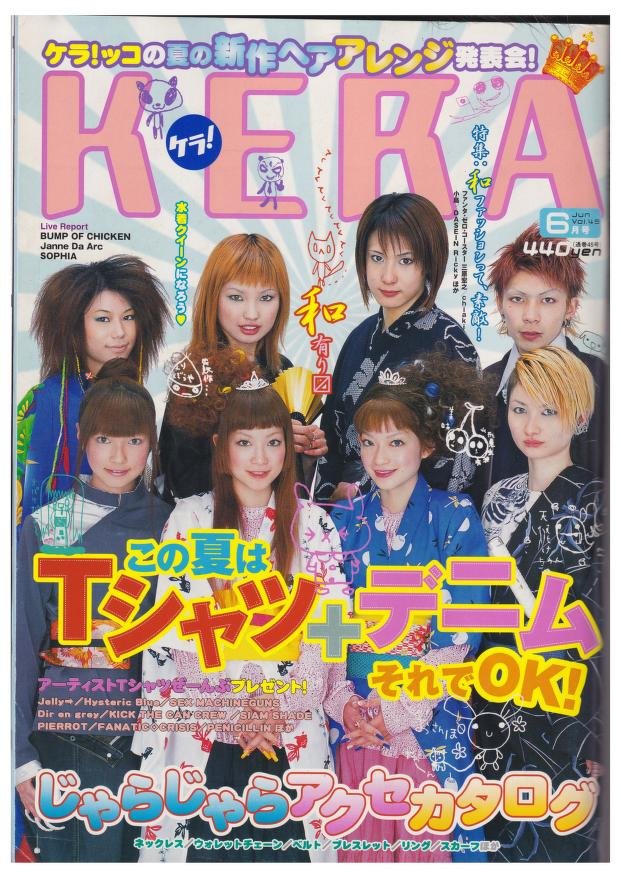

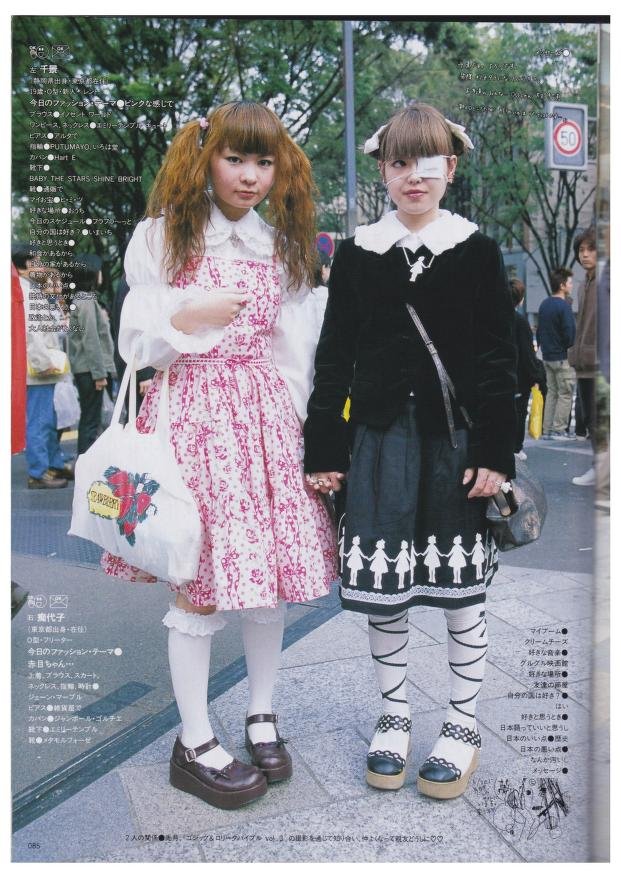


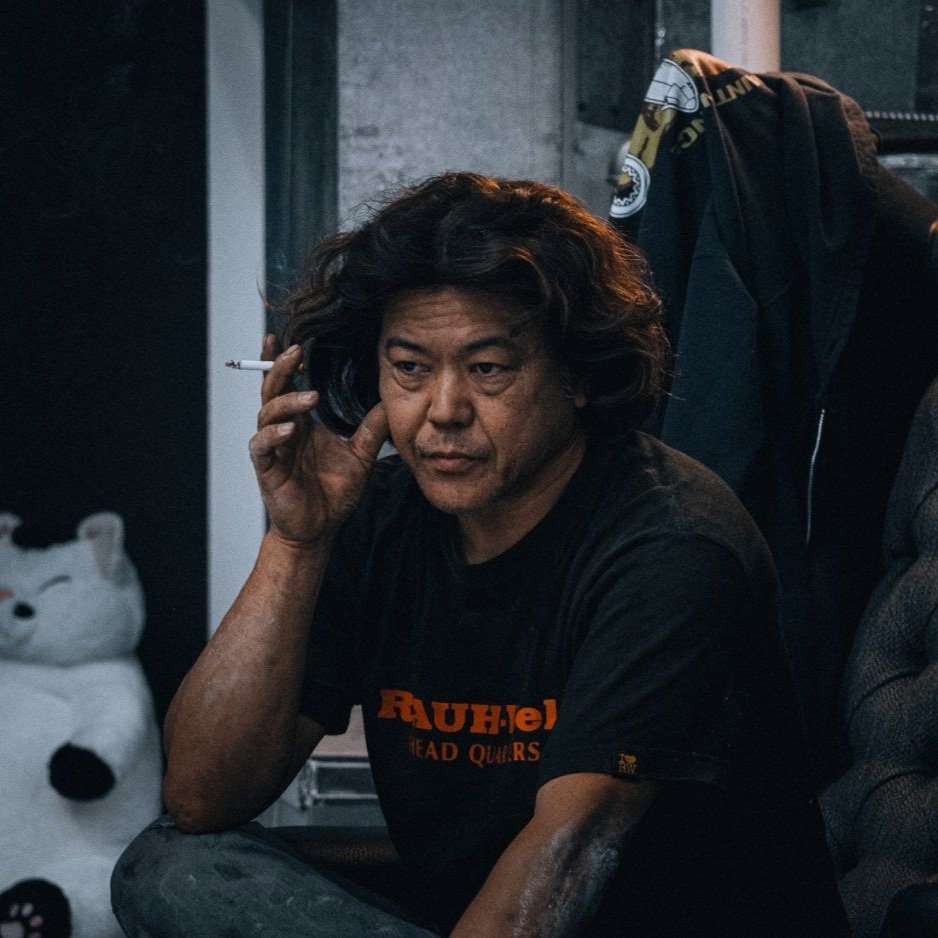

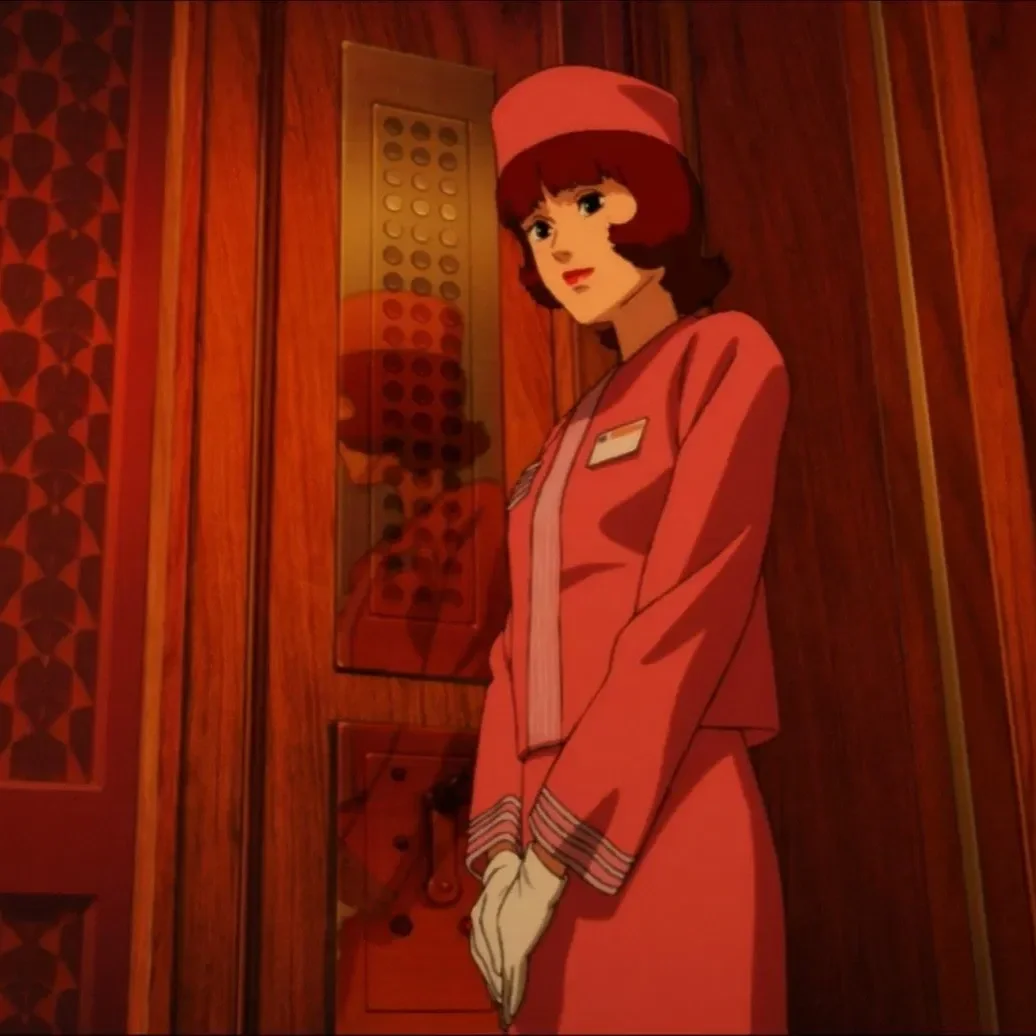
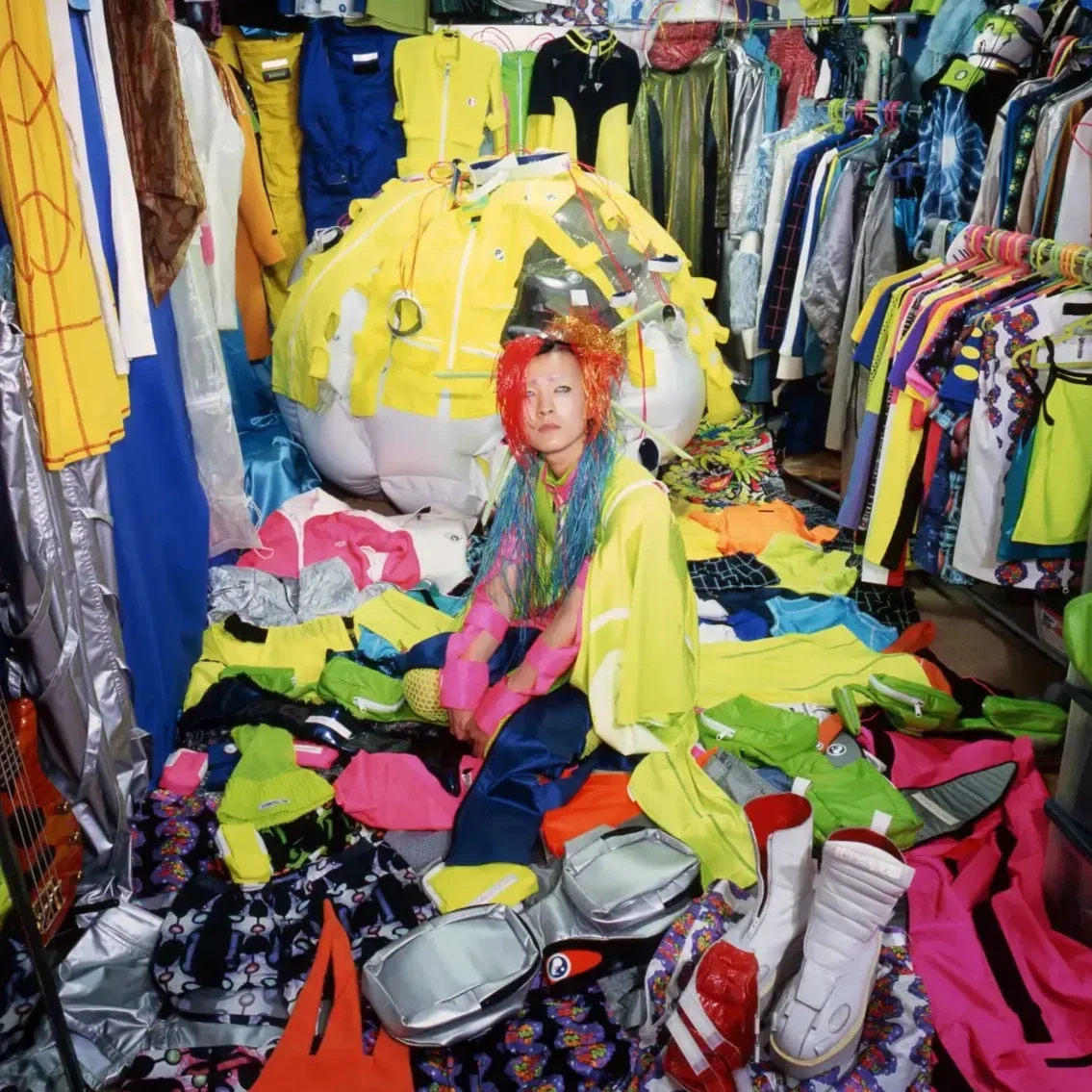
How Burst Magazine documented Japan's 90s countercultural rebellion.